I just discovered something that I would like some expert to comment on.
CODE EXAMPLE A:
entity PipelinePoc is
Port ( clk : in STD_LOGIC;
led : out std_logic_vector(0 downto 0)
);
end PipelinePoc;
architecture Behavioral of PipelinePoc is
begin
process(clk) is
variable x : integer;
variable y : integer;
begin
if rising_edge(clk) then
if(x = 299)
then
x := 0;
if(y >= 500)
then
y := 0;
else
y := y + 1;
end if;
else
x := x + 1;
end if;
if((x+y) / 49 > 200)
then
led(0) <= '1';
else
led(0) <= '0';
end if;
end if;
end process;
end Behavioral;
CODE EXAMPLE B (Only difference is limited range on the integers):
entity PipelinePoc is
Port ( clk : in STD_LOGIC;
led : out std_logic_vector(0 downto 0)
);
end PipelinePoc;
architecture Behavioral of PipelinePoc is
begin
process(clk) is
variable x : integer range 0 to 1280 := 0;
variable y : integer range 0 to 960 := 0;
begin
if rising_edge(clk) then
if(x = 299)
then
x := 0;
if(y >= 500)
then
y := 0;
else
y := y + 1;
end if;
else
x := x + 1;
end if;
if((x+y) / 49 > 200)
then
led(0) <= '1';
else
led(0) <= '0';
end if;
end if;
end process;
end Behavioral;
SCHEMATICS FOR EXAMPLE A:
SCHEMATICS FOR EXAMPLE B:
I would expect some difference between the example a with no range, assuming 32 bit may be representing the x and y values while the range 0 to 1280 can be represented with only 11 bit.
But the difference between the corresponding schematics is so huge, that either: - I may be missing some bug in my example be, allowing for the compiler to greatly simplify the logic - Or the FPGA has some small units that can do operations of a certain size (I am using a Basys3 board).
Can anyone explain why I end up with these very different schematics with only adding integer ranges?
Thanks



